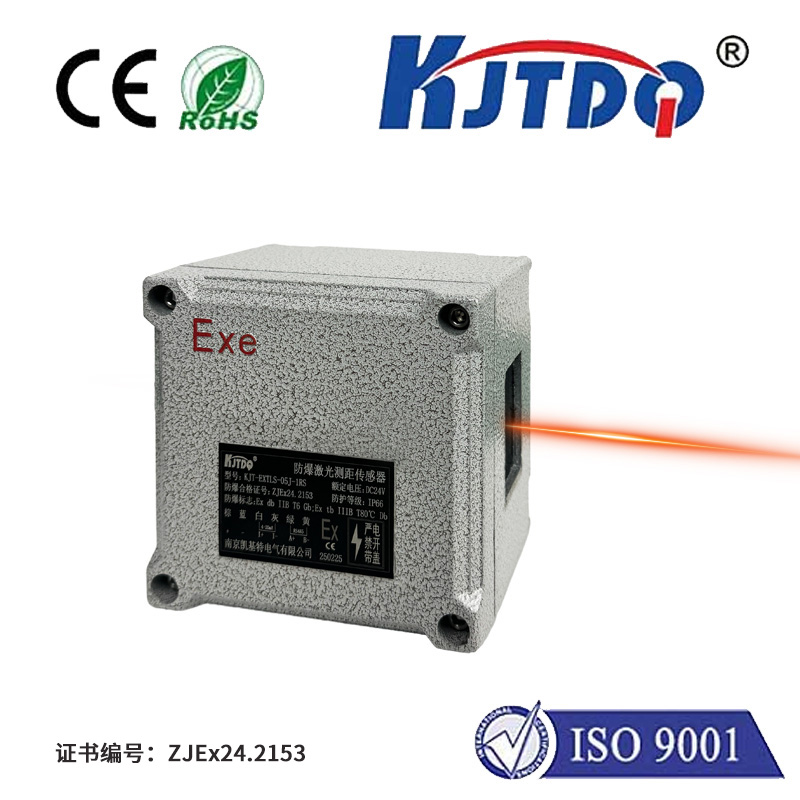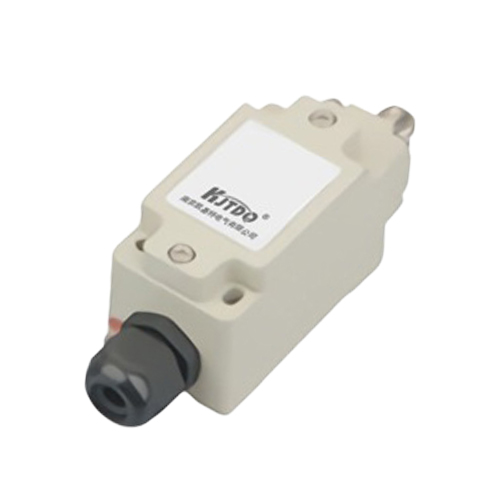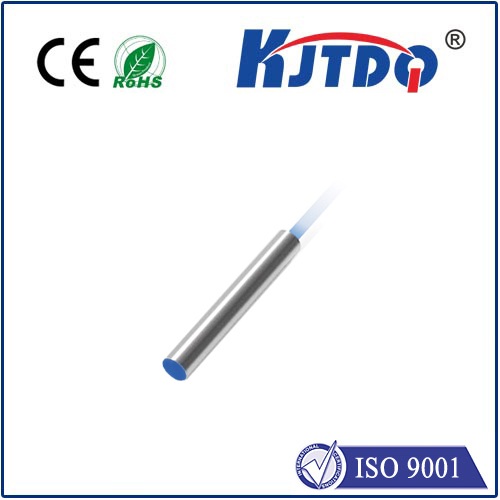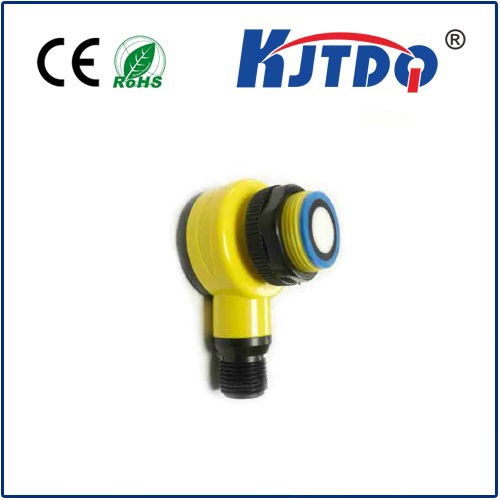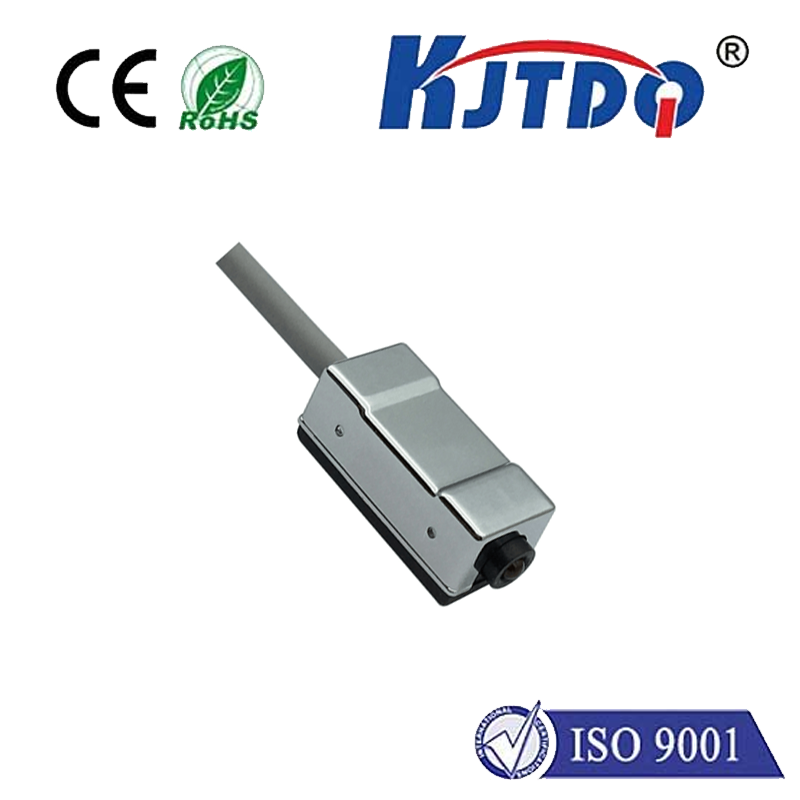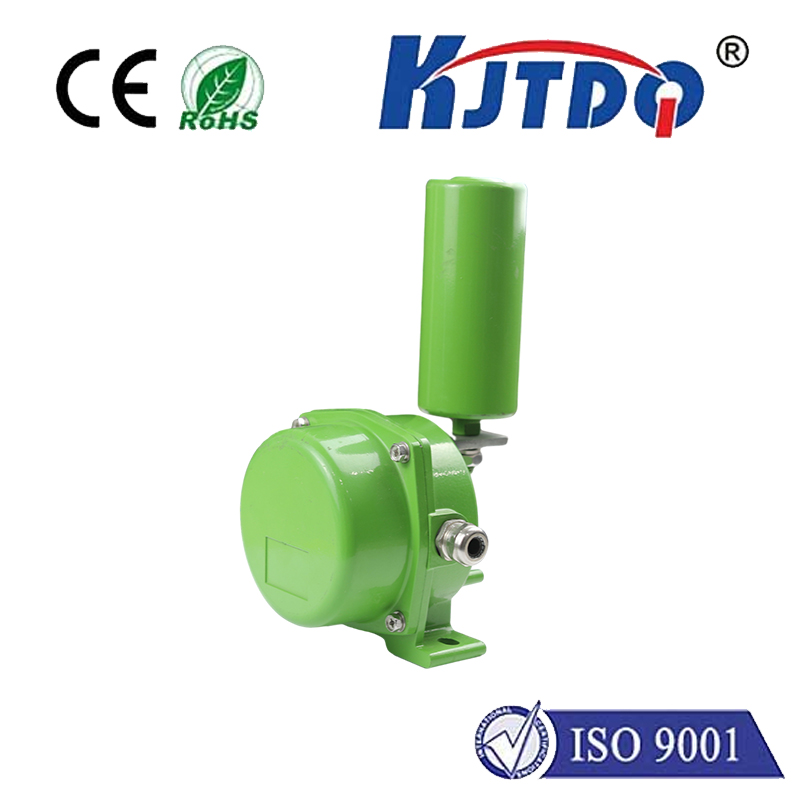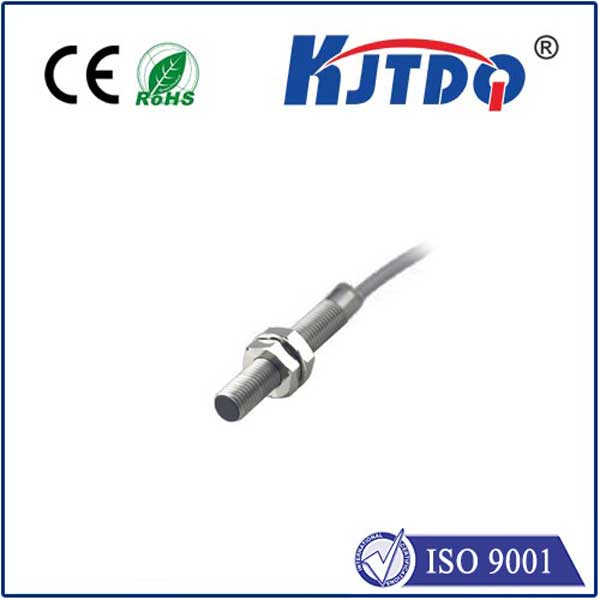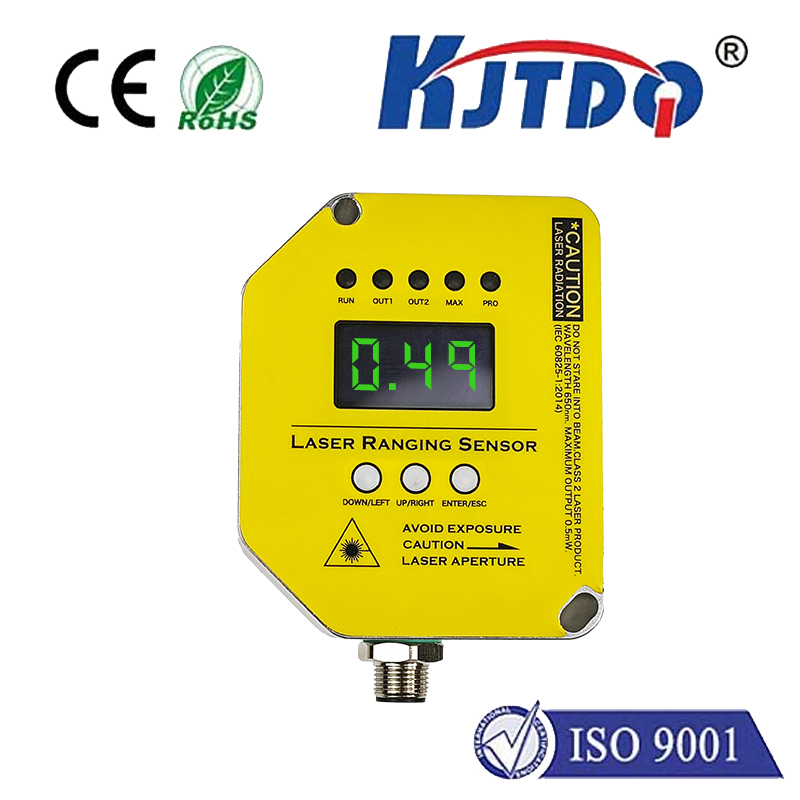sn04 sensor
- time:2025-07-18 09:00:38
- Click:0
SN04 Sensor: The Reliable Workhorse of Modern Proximity Detection
Imagine a high-speed packaging line suddenly jamming because a component wasn’t positioned correctly. Or an automated assembly robot arm colliding with an unexpected obstruction. These costly disruptions often boil down to one critical need: reliably detecting the presence or absence of an object without physical contact. This is where sensors like the ubiquitous SN04 step in, proving indispensable across countless industrial and automation applications. More than just a component number, the SN04 represents a standard of robust, dependable proximity sensing that keeps modern machinery running safely and efficiently.
Understanding the SN04 Proximity Sensor
Fundamentally, the SN04 is an inductive proximity sensor. This means it operates by generating an electromagnetic field. When a metallic target enters this field, it causes a detectable change (eddy currents are induced in the target, altering the sensor’s oscillation), triggering the sensor’s output switch. Key characteristics define the SN04:
- Non-Contact Detection: Its primary advantage. It senses metallic objects without needing to touch them, eliminating wear and tear and allowing for high-speed operation.
- NPN or PNP Output: SN04 sensors are commonly available with either NPN (sinking) or PNP (sourcing) transistor outputs. The choice depends on the requirements of the PLC or controller receiving the signal. Understanding your control system’s input type is crucial when selecting an SN04 variant.
- Normally Open (NO) or Normally Closed (NC): Configurations dictate the output state when no target is present (NO = Open/Off, NC = Closed/On).
- Sensing Distance: Typically rated around 4mm for ferrous metals like steel (often denoted as the “Sn” distance). It’s vital to remember that the effective sensing range can be less for non-ferrous metals like aluminum or brass, sometimes requiring sensor recalibration or closer mounting. Always consult the specific datasheet for the exact sensing characteristics.
- Robust Construction: Engineered for demanding environments, SN04 sensors usually feature a rugged housing (often stainless steel or nickel-plated brass), providing excellent resistance to vibration, moisture, dust, and common industrial chemicals. This ruggedness is a cornerstone of their popularity.
How the SN04 Operates: Sensing Made Simple
The operation is elegantly straightforward:
- The sensor’s internal oscillator generates a high-frequency electromagnetic field radiating from its sensing face.
- When a conductive metal object enters this active sensing zone (within the nominal 4mm range for steel), eddy currents are induced on the target’s surface.
- These eddy currents draw energy from the sensor’s oscillating circuit, causing a measurable drop in the oscillation amplitude.
- The sensor’s electronics detect this amplitude change and trigger a solid-state switch (the NPN or PNP transistor), changing its output state (e.g., switching from OFF to ON for an NO configuration).
- This state change is detected by the connected controller (like a PLC), signaling the presence of the target object. The target can then move away, the field stabilizes, and the sensor reverts to its normal state.
Why the SN04 Sensor Reigns Supreme in Applications
Its combination of reliability, durability, and simplicity makes the SN04 proximity sensor incredibly versatile. You’ll find them performing critical detection tasks in:
- Industrial Machinery: Counting products on conveyors, verifying part presence in fixtures, detecting end-of-travel for moving parts, confirming tool changes. Their ruggedness is essential here.
- Packaging Lines: Monitoring for film/jar lids, verifying case flap closure, detecting filled containers, triggering label application. High-speed, non-contact detection is key.
- Automotive Manufacturing: Positioning verification of engine components, detecting robotic arm positions, confirming door/window placement, sensing fluid levels in reservoirs (via float targets).
- Material Handling: Detecting pallet positions, controlling gate operations on sorting lines, confirming the presence of items on AGVs (Automated Guided Vehicles).
- Security Systems: Used as door/window position sensors (using a metal target), or in tamper detection mechanisms within metallic enclosures.
The Enduring Advantages: Why Choose the SN04?
Several key benefits solidify the SN04 sensor’s position as a go-to solution:
- Exceptional Reliability: With no moving parts to wear out (solid-state switching) and robust construction, SN04 sensors offer long service life and minimal downtime.
- High-Speed Operation: Capable of detecting targets moving at significant speeds, making them suitable for fast-paced automation lines. Their response time is typically very short.
- Environmental Resilience: Built to withstand challenging conditions – IP67 or higher ingress protection ratings are common, making them resistant to dust and water jets. They handle oils, coolants, and typical workshop grime.
- Ease of Installation and Use: Simple mounting (often threaded body like M8, M12, M18) and straightforward wiring (typically 3-wire: power, ground, signal) make integration easy. The consistent form factor allows for easy replacement.
- Cost-Effectiveness: Offering significant reliability at a highly competitive price point makes the SN04 an economical choice for widespread deployment. This value proposition is hard to beat.
Selecting and Integrating Your SN04 Sensor
While versatile, ensuring optimal performance requires attention to detail:
- Output Type (NPN/PNP): Match this precisely to your controller’s input specifications.
- Sensing Range & Target: Confirm the required detection distance and the material of your target object. Factor in any reduction factors for non-ferrous metals.
- Environmental Factors: Consider temperature extremes, potential chemical exposure, and the level of mechanical stress/vibration.
- Mounting: Ensure the sensor is securely mounted and precisely aligned with the target path. Avoid large masses of metal near the sensing face that could cause false triggers.
- Wiring: Follow the manufacturer’s wiring diagram carefully, ensuring correct voltage supply (typically 10-30V DC) and proper connection to the load/controller.
From monitoring intricate robotic movements to confirming a simple bottle cap is present, the unassuming SN04 proximity sensor performs flawlessly, day in and day out. Its enduring presence on factory floors worldwide is a testament to its fundamental design principles: robust construction, reliable non-contact sensing, and straightforward operation. When dependable proximity detection of metal objects is paramount for safety, efficiency, and process control, the SN04 sensor consistently proves itself as an indispensable component in the automated world.





